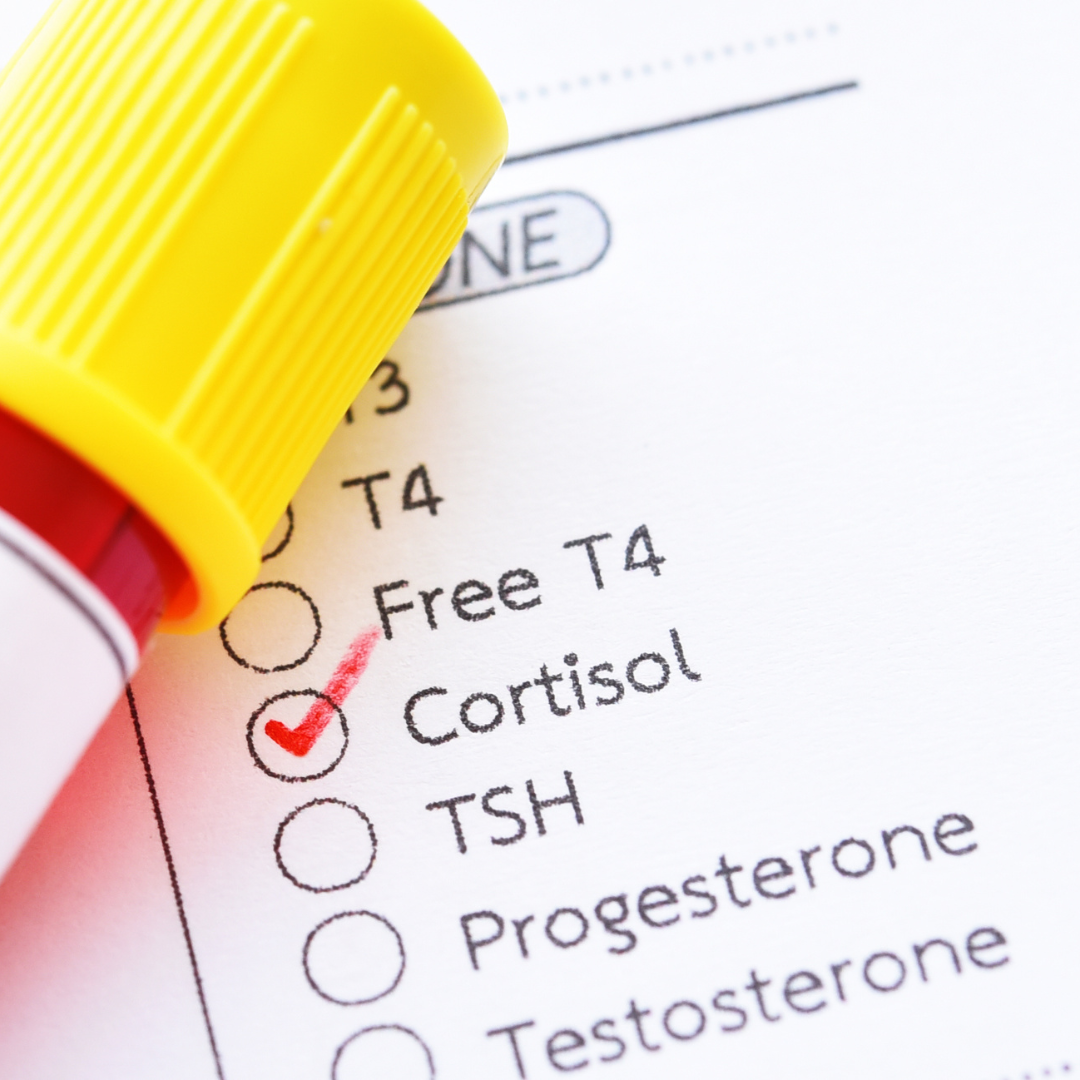Our hormones are involved directly or indirectly in every system in our body.The organs responsible for building, maintaining, breaking down, and removing used hormones need to be fully functional if we expect our hormones to do their job.Our body creates over 100 hormones that help …
Our hormones are involved directly or indirectly in every system in our body.
The organs which are responsible for building, maintaining, breaking down, and removing used hormones need to be fully functional if we expect our hormones to do their job.
Our body creates over 100 hormones that help cells communicate with each other and carry out specific tasks.
Hormones operate similarly to an orchestra. But not just any orchestra.
Think along the lines of the Chicago Symphony Orchestra, the Vienna Philharmonic, or the London Symphony Orchestra.
Each instrument must be in tune and in harmony with all the other instruments.
When the coordinated efforts, teamwork, and communication between our hormones are out of tune, we are out of sorts.
The best way to give your hormones a fighting chance at working to their capabilities is by starting with a nutrient-dense diet.
Within the broad category of hormones are 2 basic groups:
-
Lipid soluble – needs fat in order to be used
-
Water-soluble – needs water in order to be used
The lipid-soluble hormones are steroid hormones (derived from cholesterol) and thyroid hormones (derived from iodine and tyrosine).
The water-soluble hormones are amines (modified amino acids), peptides and proteins (made up of chains of amino acids), and eicosanoids (derived from fatty acids).
Each of these hormones has a specific job to do but also relies on other hormones to do their job.
Yes, this is a very simplified explanation.
But that’s what this series is all about – returning to the basics and mastering them.
Eating a strictly plant-based diet has the potential to cause hormone imbalance because of the amino acids, fat, and cholesterol needed for hormone management. Plant sources do not provide complete profiles for amino acids.
Hormones involve more than just the male and female reproductive systems.
They are involved in digestion, blood sugar regulation, sleep/wake cycle (circadian rhythm), contraction of muscle, your immune system, metabolism, chemical reactions throughout your body, and also regulate growth.
That’s quite the list!
Organ health and cooperation is needed to efficiently make, use, store, and remove the hormones your body needs.
If hormones are like a finely tuned orchestra, the endocrine glands are the primary instruments.
Along with those glands, are organs that play a role in keeping harmony.
Endocrine glands:
-
Pituitary gland
-
Thyroid gland
-
Parathyroid
-
Pancreas
-
Adrenal glands
-
Ovaries/Testes
-
Pineal gland
-
Thymus
-
Adipose Tissue
Organs:
-
Heart
-
Liver*
-
Stomach
-
Skin
-
Kidneys
-
Small Intestine
With so many systems and organs involved, where is the best place to start? FOOD!
Everyone has a different ideal dietary plan to optimize their health, but a basic framework works for everyone.
Remove the junk that’s causing stress on your body.
The Standard American Diet, sugar, and alcohol are the primary disruptors of hormonal harmony.
Caffeine, artificial sweeteners, and stress also play a role in that disharmony.
These all put excess stress on our liver, which is responsible for removing waste products from our diet and hormones.
When we lighten the load placed on our liver, often our hormones even out naturally.
If you want a healthy hormone profile, you need a healthy liver.
Getting adequate protein to feed and repair your liver also helps.
The amino acids found in animal protein do just that – feed your liver so it can repair itself and perform its job efficiently.
Key takeaway:
It will always be an uphill battle when trying to normalize your hormones if you haven’t addressed your diet first.
References:

Comments